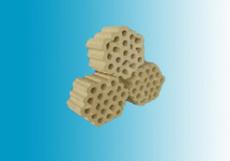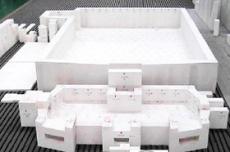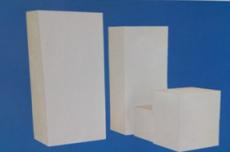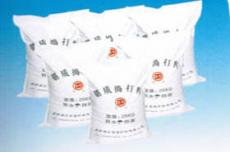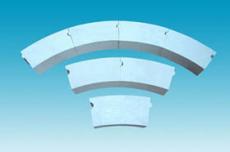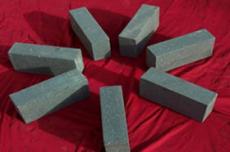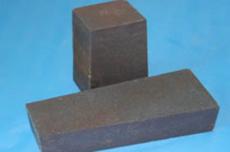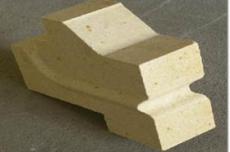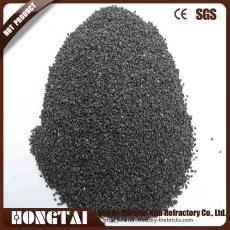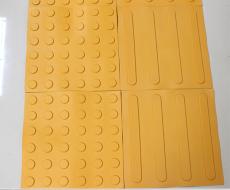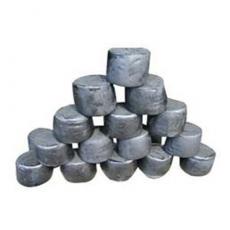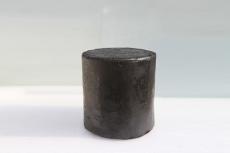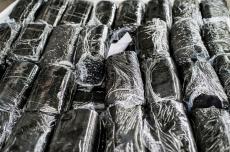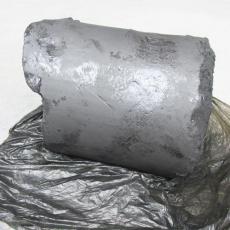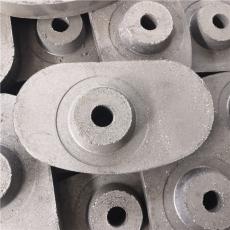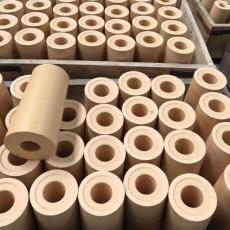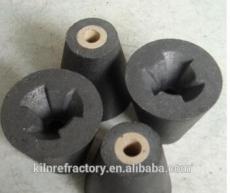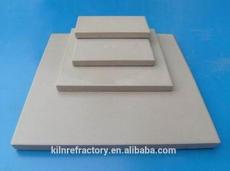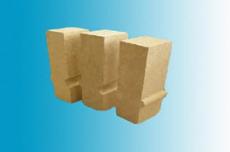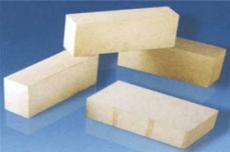
Lime kiln, as an important industrial equipment, is mainly used to decompose limestone (mainly calcium carbonate) into calcium oxide (i.e. lime) and carbon dioxide under high temperature conditions. Due to the harsh internal environment of the lime kiln, it needs to withstand the influence of various factors such as high temperature and corrosion. Therefore, choosing the right material is crucial to ensure the long-term stable operation and extend the service life of the lime kiln.
1. Clay brick: a traditional and economical choice
Clay brick is one of the common refractory materials with high refractoriness and good wear resistance. In lime kilns, clay bricks are usually used to build the lining and chimney of kilns, especially in parts where the temperature requirements are not particularly high. The advantage of clay bricks is that they are relatively low in cost, easy to obtain, and have good construction performance. However, in high temperature and corrosive environments, the durability of clay bricks may not be as good as other advanced refractory materials.
2. High alumina bricks: the preferred choice for high temperature and corrosion resistance
High alumina bricks are made of high alumina bauxite as raw material and have higher refractoriness and corrosion resistance. Its main component is alumina, which has high chemical stability and wear resistance. Under high temperature conditions, high-alumina refractories can maintain good volume stability and corrosion resistance, so they are suitable for high-temperature areas of lime kilns, such as firing and cooling zones. The disadvantage of high-alumina bricks is that the cost is relatively high, but considering their excellent durability and improved production efficiency, this investment is usually worthwhile.
3. Silicate bricks: the leader in high temperature resistance and corrosion resistance
Silicate bricks are mainly composed of silicates and have excellent high temperature resistance and good corrosion resistance. Silicate bricks are also suitable for masonry of high-temperature parts of lime kilns, such as firing and cooling zones, to improve the service life and production efficiency of the kiln. The advantage of silicate bricks is that they have superior comprehensive performance, which can withstand both high temperature and corrosion, but the cost is also relatively high.
4. Magnesium refractories: the first choice in alkaline environments
Magnesium refractories are mainly composed of magnesium oxide and have extremely high refractoriness and thermal shock resistance. In lime kilns, magnesium refractories can withstand the impact of extremely high temperatures and maintain good structural stability. At the same time, magnesia refractory materials also have excellent resistance to alkaline corrosion, and are particularly suitable for alkaline environments generated during lime manufacturing. Although magnesia refractory materials are relatively expensive, their durability in alkaline environments makes them the preferred material in lime kiln equipment.
5. Lightweight insulation bricks and refractory castables: the role of auxiliary materials
Lightweight insulation bricks are mainly used for the insulation layer of the kiln body, with low thermal conductivity and good thermal insulation performance. In lime kilns, lightweight insulation bricks are used to reduce heat loss, improve energy efficiency, and reduce production costs. Refractory castables have good construction performance and can be used to repair and fill some irregular parts of the kiln body to extend the service life of the kiln. Although these two materials are not directly involved in the lime burning process, they play an important role in improving the overall performance and durability of the lime kiln.
6. Comprehensive consideration of material selection
When selecting materials for lime kiln equipment, factors such as the working conditions, temperature, chemical erosion, mechanical wear, and economic cost of the lime kiln should be considered comprehensively. Different materials have different properties and scopes of application, and suitable refractory materials should be selected according to specific needs. For example, in a high temperature and highly corrosive environment, high alumina bricks and silicate bricks may be better choices; while in an alkaline environment, magnesia refractory materials are more advantageous. At the same time, considering the cost factor, economical materials such as clay bricks can be used in some parts where the temperature requirements are not high.
The durability of lime kiln equipment depends on the performance and applicability of the selected materials. By reasonably selecting materials such as clay bricks, high alumina bricks, silicate bricks, magnesia refractory materials, lightweight insulation bricks and refractory castables, the long-term stable operation and extended service life of the lime kiln can be ensured.
